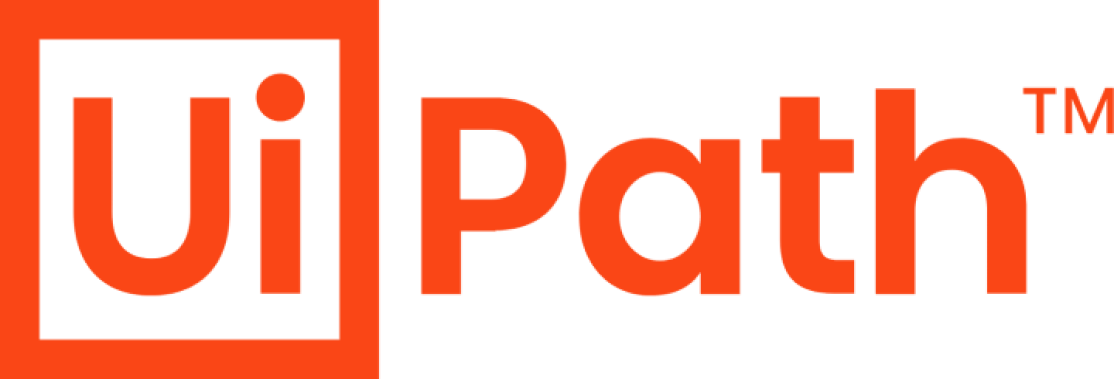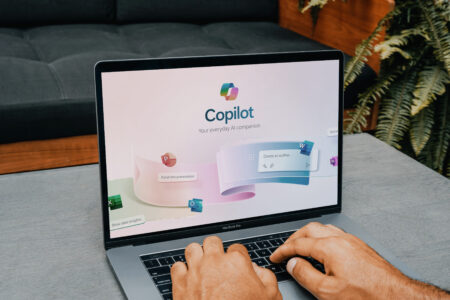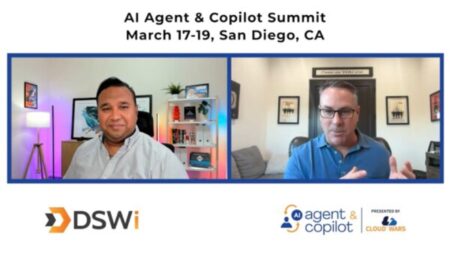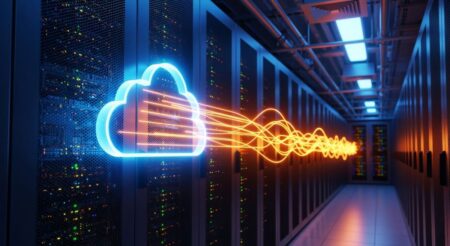Rob Enslin, co-CEO of UiPath, met with Acceleration Economy to address the top five buyer questions developed by our practitioner analysts representing the modern executive buying committee, as part of the vendor Q&A portion of the Process Mining Battleground.
In the course of our discussion, Enslin emphasized the benefits and value of the company’s approach, which includes a turnkey automation platform with process mining, task mining, communications mining, and a test suite. He also discussed top customer use cases and industries, how UiPath supports evolving customer priorities, as well as how artificial intelligence (AI) and generative AI play into the company’s strategy and product roadmap.
Top Customer Use Cases and Industries
Typical UiPath customer use cases for process mining include procure to pay and order to cash, Enslin says. (These applications are often cited as “low-hanging fruit” for process mining in general, as a starting point for use of the technology.) Other common use cases are claims management for the insurance and financial services industries.
Industries that are embracing UiPath for process mining functionality include financial services and insurance, healthcare, telecommunications (for call center activation), manufacturing, and the public sector. “We also utilize our North Star methodology to work through process mining, task mining, and communications mining to uncover new opportunities for customers,” Enslin says.
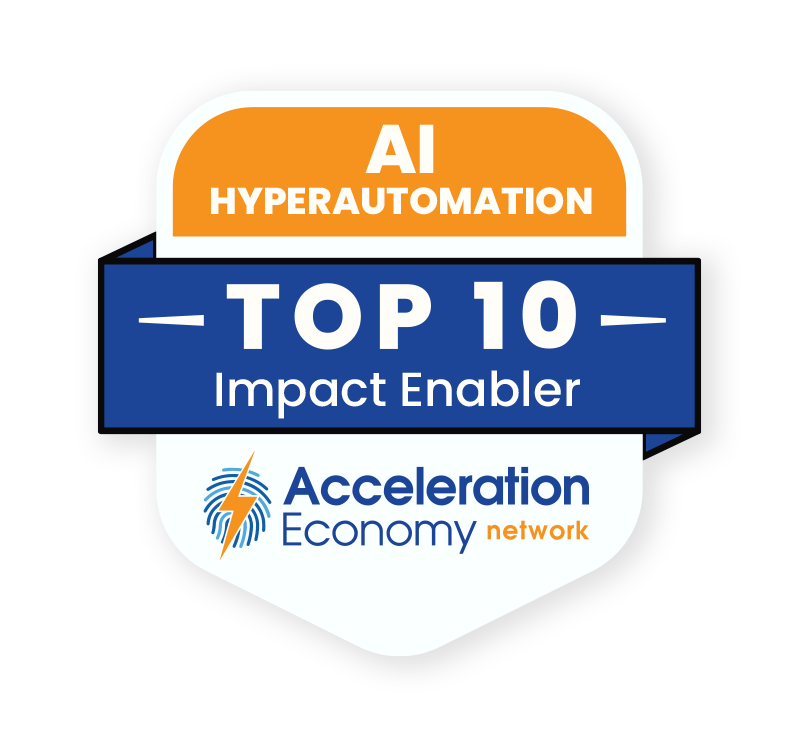
Which companies are the most important vendors in AI and hyperautomation? Check out the Acceleration Economy AI/Hyperautomation Top 10 Shortlist.
How UiPath Addresses Shifting Priorities and Macroeconomic Conditions
Enslin says customers have been dealing with a highly variable macroeconomic climate for 18 months or so, while managing supply chain disruptions, energy efficiency considerations, inflation, and more. Companies haven’t been able to achieve their expected growth rates, yet they still have the cost structure in place to support that growth.
UiPath’s “Discovery” process, along with its North Star methodology, is leveraged to identify which activities a customer should focus on to find opportunities in their business and drive efficiencies utilizing process mining, task mining, and communications mining.
“We believe we’re the only one in the industry that can combine these three aspects together to help companies uncover where they have opportunities to improve their business dramatically, shift resources from one area to another to actually get the maximum impact, and ensure their automations are driving levels of efficiency and customer intimacy.”
In the context of this suite, he cites the pharmaceutical company Takeda as one example of a customer using process mining and task mining and, in its case, driving clinical management and significant cost savings.
Top Differentiators
Enslin emphasizes that the company offers more than process mining, but also task mining and communications mining, while combining the human element with processes: “It’s about understanding all the communications that come into a company.”
“So when you think about solving the biggest problems or uncovering the biggest opportunities in a company, we have the ability to go across all aspects of a company and drive it, and then combine that with test automation so that if you have to make changes, we can apply our testing solution directly to those changes and identify those changes automatically.”
“We believe we’re the only one in the industry that can combine [process mining, task mining, and communications mining] together to help companies uncover where they have opportunities to improve their business dramatically…and ensure their automations are driving levels of efficiency and customer intimacy.”
Rob Enslin, co-CEO, UiPath
Another differentiator is the ability to have large amounts of data around documents, as well as task screens, through UiPath’s computer vision AI technology (a fundamental underpinning of the technology platform since UiPath’s founding). No other company has that breadth of functionality, he says.
Making It Easier to Adopt Process Mining
Deployment of UiPath software is a flexible undertaking because the company offers many functions as part of an integrated platform, which also includes workflow and low-code/no-code so that automations can be built on the fly. The company also includes Solution Accelerators so it’s easier and faster for customers to get the full impact at once. “We actually show, step by step, how to discover it, automate it, and put it into production.”
He says one of the biggest challenges with process mining is how to address the opportunities (or required process fixes) that customers uncover with the tools. “So we offer that as part of this flexible pricing, flexible packaging for customers, rather than as individual parts.”
Leveraging Generative AI
Enslin notes the momentum, embodied by a wave of new and enhanced products, around generative AI and observes that what UiPath plans relative to generative AI is “the most common question I get today.” He notes that UiPath has approached the generative AI opportunity from the perspective of helping customers in practical ways.
To that end, the company showcased during its recent earnings report how an expense report can be built using generative AI with UiPath technology, following a simple prompt of “please create an expense report.” Working with a specialized large language model, the application was able to build scripts and context to complete the process.
UiPath has a significant history with AI, he notes: AI is built into its robotic process automation (RPA) technology. It has long used AI transformer models for task mining, and its document understanding technology has over 30 machine learning, or ML, models built in.
A product in customer preview called Clipboard AI uses generative AI for data transfer between documents and applications.
UiPath has a methodology to build generative AI use cases with ChatGPT-4, so customers can identify where generative AI can deliver value. “Our customers will be able to launch their own GenAI solutions with UiPath. And then you can store your own models in the UiPath automation cloud as well.”





